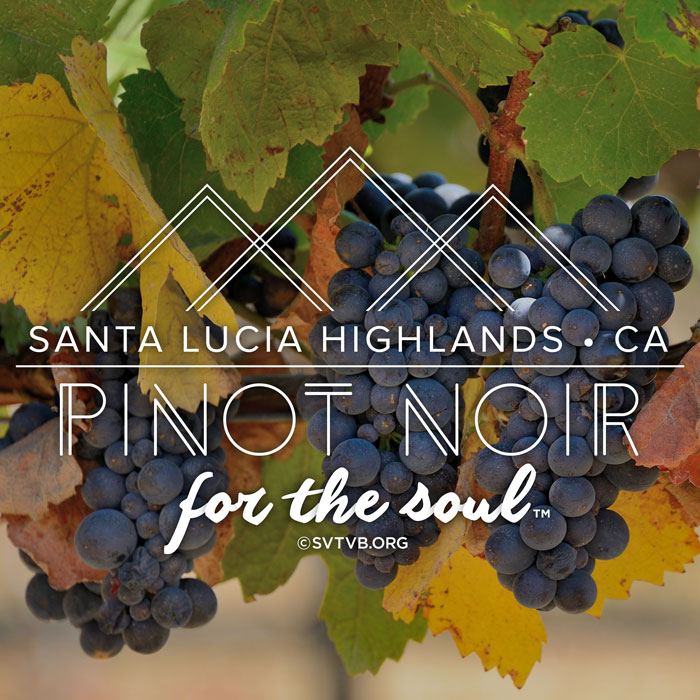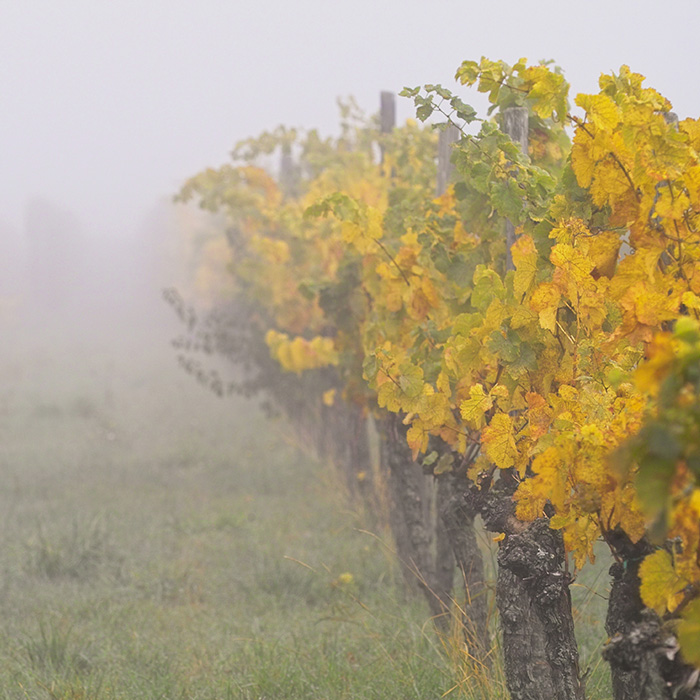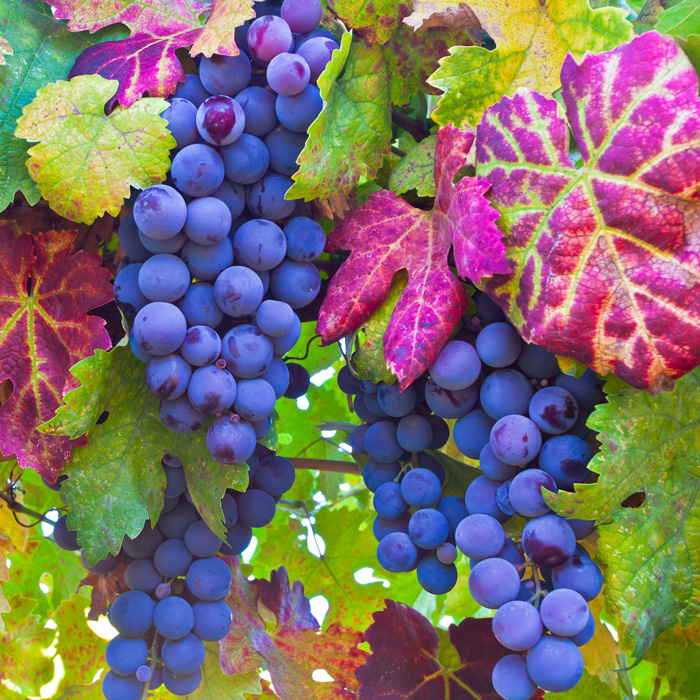
From Monterey Bay in the north to the southern county line, Monterey Wine Country boasts nine different, unique growing regions called American Viticultural Areas (AVAs).
AVAs are one-of-a-kind winegrowing districts that showcase their own special combination of geography, soil, and climate. The Federal government has granted these Appellation of Origins the right to put their locale on the wine label—providing a “sense of place;” a reflection of that particular region’s character and quality.

Santa Cruz County wines are mostly grown in the Santa Cruz mountains that follow California’s Central Coast. With approximately 1,300 acres of wine grapes from Woodside to Watsonville, the consistent fog line, ocean breezes and elevations create diverse microclimates with mineral rich soil. These attributes develop complex characteristics and flavors in Santa Cruz County wines known for balanced acidity and long finish. With more than 60 wineries and 200 vineyards, there are endless varietals to explore.

With boutique wineries and expansive growing areas in the San Benito River Valley and up the Gabilan Range, San Benito County wines and grapes are highly valued for their flavor. The mountain valleys have limestone-rich soil and a moderate climate with Pacific Ocean breezes cooling the nights.
Be sure to try the region’s Pinot Nior and Chardonnay, especially!

Blue Grand Canyon™
More than 60 miles long and two miles deep, the Monterey Bay is one of the world’s deepest marine canyons and the only one that directly impacts a major wine growing region. Its deep, cold waters influence weather throughout Monterey, Santa Cruz and San Benito Counties. The cool ocean breezes, fog banks, and temperate microclimates help make Soul of California wines among the best in the world.

Thermal Rainbow™
With a north to south, 40 degree temperature variance, the ocean air and winds act as an air conditioning system throughout the Soul of California, mitigating temperatures and extending the grape growing season.
A region-wide viticultural laboratory with constant experimentation in new clones, trellising, water management and harvesting systems, as well as conscientious sustainable farming practices makes the Central Coast one of the top destinations for wine lovers.



